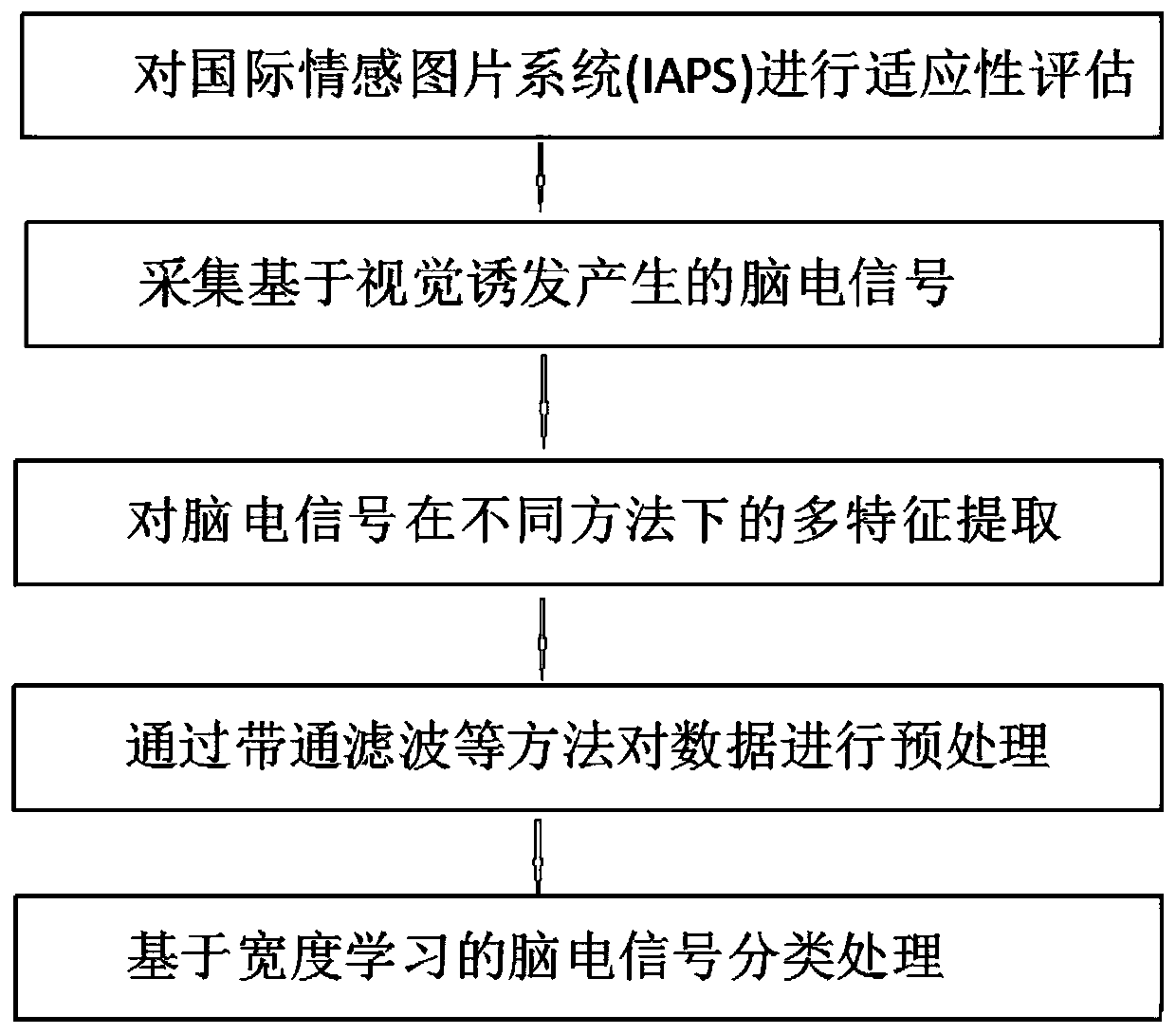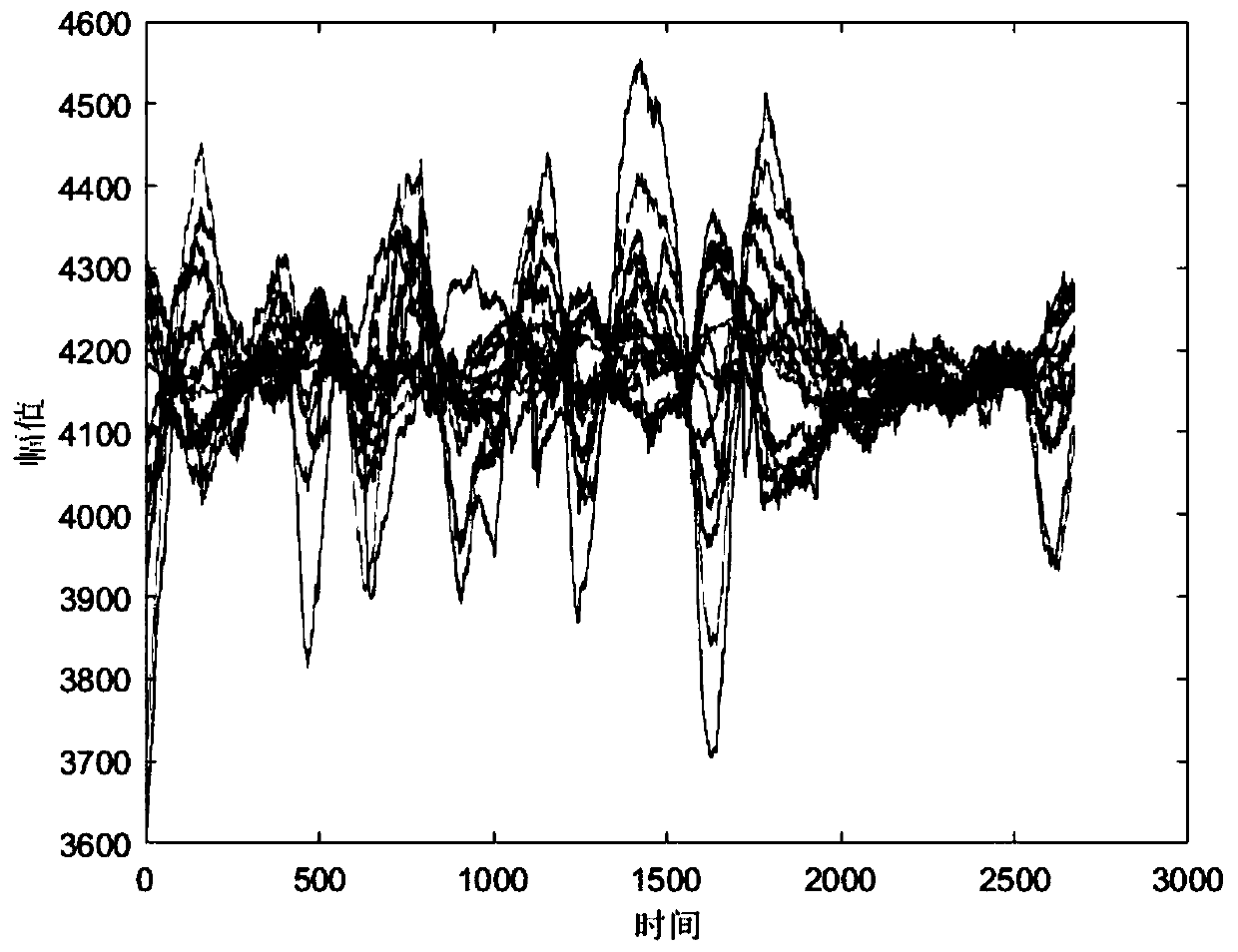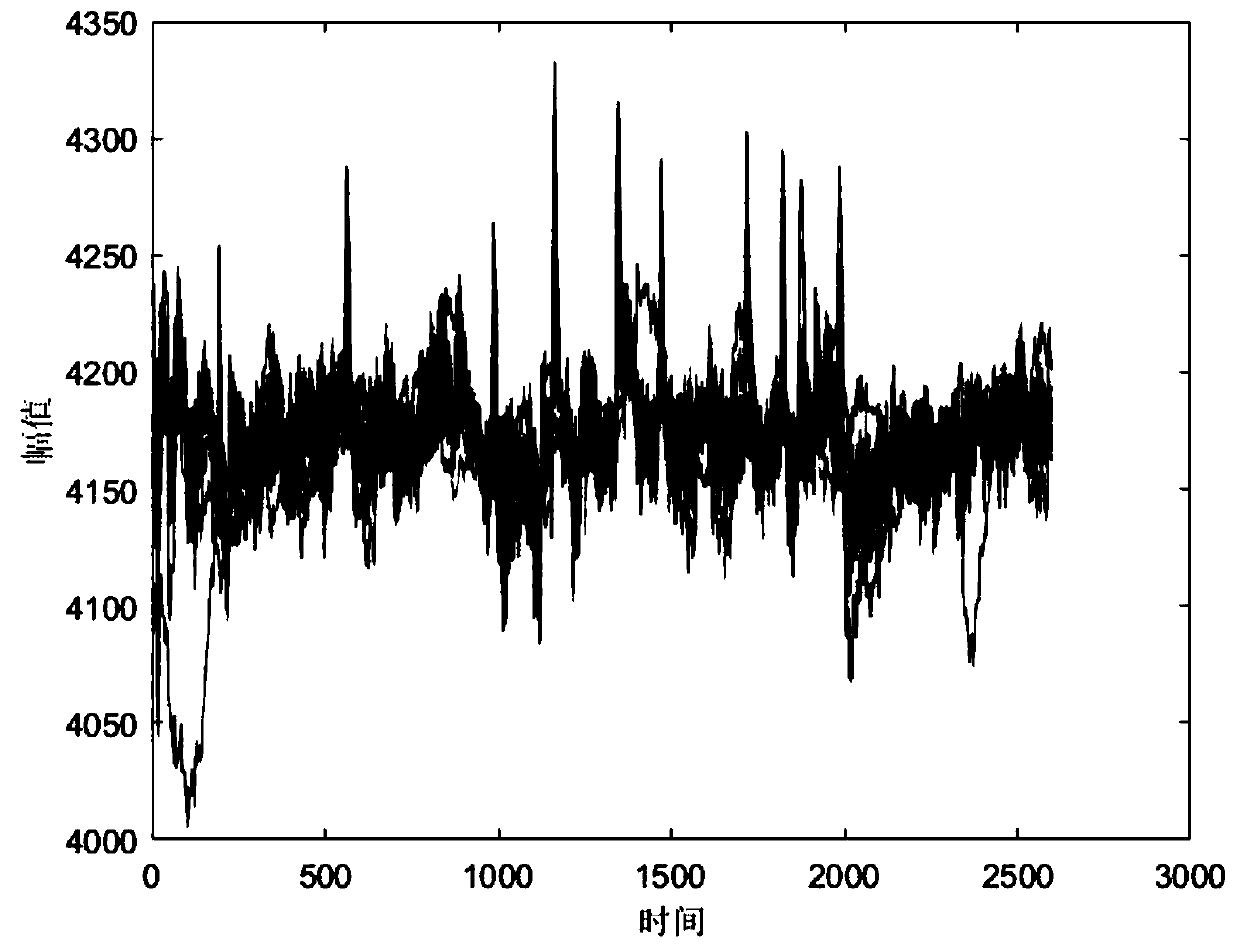Visual evoked potential affective recognition method based on width learning
A technology of visual evoked potentials and emotions, which is applied to the classification of EEG signal features, and the visual evoked potentials based on breadth learning to identify emotions, to save costs, improve robustness and efficiency, and increase accuracy.
- Summary
- Abstract
- Description
- Claims
- Application Information
AI Technical Summary
Problems solved by technology
Method used
Image
Examples
Embodiment Construction
[0071] In order to further explain the technical means and effects of the present invention to achieve the intended purpose of the invention, the specific implementation, structure, features and effects of the application according to the present invention will be described in detail below in conjunction with the accompanying drawings and preferred embodiments. .
[0072] A kind of visual evoked potential recognition emotion method based on width learning, it is characterized in that, comprises the following concrete steps:
[0073] Step 1: Carry out adaptability assessment to the International Affective Picture System (IAPS);
[0074] Step 2: collecting EEG signals generated based on visual evoking;
[0075] Step 3: Preprocessing the data by bandpass filtering and other methods;
[0076] Step 4: Multi-feature extraction of EEG signals under different methods;
[0077] Step 5: EEG signal classification processing based on width learning.
[0078] Step 1. Adaptability asses...
PUM
 Login to View More
Login to View More Abstract
Description
Claims
Application Information
 Login to View More
Login to View More - R&D
- Intellectual Property
- Life Sciences
- Materials
- Tech Scout
- Unparalleled Data Quality
- Higher Quality Content
- 60% Fewer Hallucinations
Browse by: Latest US Patents, China's latest patents, Technical Efficacy Thesaurus, Application Domain, Technology Topic, Popular Technical Reports.
© 2025 PatSnap. All rights reserved.Legal|Privacy policy|Modern Slavery Act Transparency Statement|Sitemap|About US| Contact US: help@patsnap.com



